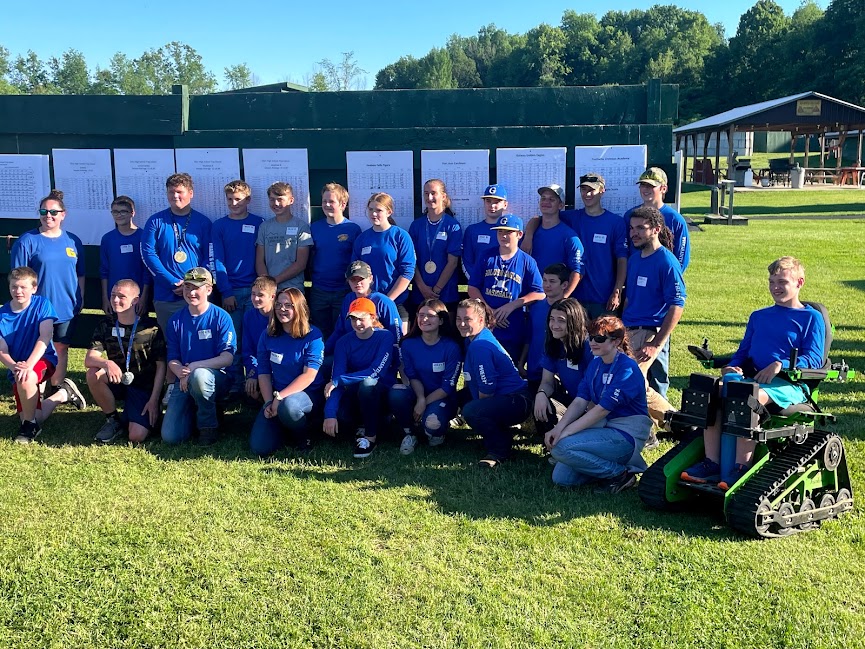Inclusion
What is inclusion? By definition, inclusion is the “action or state of including others within a group or structure”. In history there are many of examples where there have been movements for inclusion. Desegregation of schools, women’s right to vote and the Americans with Disabilities Act are just a few. The term inclusion became a common phrase when schools across the USA strived to have students with special needs spend most or all of their time at school with students without disabilities. Over the years policies have been created that aim to give equal opportunities to everyone in schools.
Of course, there are barriers of accessibility to still prevent total inclusion and obviously, inclusion shouldn’t just be the focus of schools. It needs to be the goal of our entire community and, ideally, the entire human population. To be truly inclusive we need to recognize our universal “togetherness” and interdependence on one another. Inclusion focuses on the realization that we are one, even if we are not the same. If it helps our minds to place ourselves in a category (because that is the way we have thought for so long), then our category should not be based on ability, gender, race, national origin, etc. Instead, let’s consider ourselves Earthlings. Focus on our commonality, not our differences. We are ALL Earthlings (at least everyone I know 🙂 ) and for so many reasons we need to view ourselves as such and work together toward inclusion for ALL. Yes we have many differences. We are all unique individuals but through true inclusion, we can celebrate those differences (in opinions, personalities, beliefs, etc) leading to more opportunity for open discussion.
So what does it really mean to be included? In the most basic sense, being included is being made to feel welcome. Conversely, exclusion can lead to isolation. Most of us have had the unfortunate opportunity to feel “left out” at one time or another, whether it be not being invited to a party, or not getting picked for a team, or not being accepted at the “popular” table in the cafeteria, etc. By promoting inclusion the goal is to limit that feeling of loneliness. From a physical ability stand point there may be limitations to what someone can fully participate in. When Shamus was small, I remember him being invited to a birthday party where the focus was a bounce house obstacle course. The parents were concerned that Shamus would feel left out but their child really wanted him to be there. While we knew that Shamus couldn’t physically jump and run through the bounce house maze and obstacles, we were excited to go to the party to see how we could make it work. Shamus was content to let me take him into the bounce house where he stayed on his knees as his friends jumped around him. He smiled with delight and I simply kept a close watch and repositioned him if he fell. When it came time to run through the obstacles, Shamus and the other kids welcomed me in to act as Shamus legs and balance. We had a blast bouncing off the walls, climbing over and under inflatable barriers and sliding down the slide….and what a work out! If we fell we bounced right back up. Initially the parents of the child celebrating their birthday had thought to exclude Shamus to protect him from feeling left out of the party activities. To this day I am grateful that they called and gave us the opportunity to choose, as the smiles and giggling he had at that party filled everyone in attendance with joy.
Inclusion does not mean that we all have to do something the same way. In fact, inclusion means figuring out different ways to allow for participation of ALL. By striving for inclusion, we are forced to be creative, innovative, and cooperative. As Shamus entered middle school, inclusion became more important than ever. Of course, he has his Ainsley’s Angels family where he always feels welcome, and he is surrounded by great classmates at school who have grown up with him, but Nichole and I want him to continue to feel free to explore extracurricular activities at school. He has been involved in band and his band director has been great at figuring out ways for Shamus to be able to hold his instrument, get on and off the stage for performances and rehearsals, and even has a second instrument at school so that Shamus doesn’t have to haul his big baritone horn back and forth. Likewise, his teachers accommodate by letting him have a second copy of textbooks at the house. To safely haul everything back and forth he would need a trailer for his wheelchair!
While we understand that interscholastic athletics aren’t necessarily in the cards for Shamus, we didn’t want to rule them out completely. He loves sports and has more school spirit than almost anyone. Although he can’t safely be on the field representing his beloved school he has become involved as the scoreboard operator, score keeper, manager and all around super fan of the Galway Golden Eagles. He celebrates victories and cries in defeat. But even when he is sad after a loss, it is obvious that he feels included! Just about a year ago, the “playing field” became even a little more inclusive as Shamus was able to join the Galway Trap Shooting Team. It wasn’t easy for him. Accommodations needed to be made for his chair, but he was able to independently maneuver his rifle and was able to successfully hit some clay pigeons as they flew through the air (not an easy task for anyone!) He was even included in the New York State tournament at the end of last season! He’s looking forward to getting started with his team again soon! It isn’t always easy, but, TOGETHER, we shall continue to strive for inclusion!

